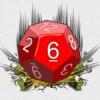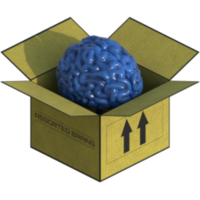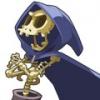Hi everybody,
Im new here and could really require some feedback regarding the combat system for a browsergame Im working on.
Intro
Its a fantasy conquest game, a typical oldschool browsergame "click-and-wait-style" with automated combat. Yeah, pretty rare nowadays but its my brainchild after all. The game is more or less complete.
Current System
The current combat system is OK, but it contains too many stats and hand-coded special abilities/events. Now my players report to me that they actually do not care if a unit is compromised by 200 stats or just 20. In addition, creating new units is a pain and this game lives by having a TON of different units.
Some specs I would like to eleminate: Currently units have HP and there is a whole lot of healing abilities tied to them. But as combat is automatic, it does not really matter. It just bloats the code and makes combat processing overly complex. As the player is not able to interact with the troops, they do not really see the "background mechanics" that are going on. But it makes adding new units, new abilities unnecessarily hard for me.
Possible Future System
I really like to keep the unit diversity and having units with special abilities. My studies included old games like "Warlords 2" or "Warlords 3" as well as miniature wargames like "GURPS Mass Combat" or "HOTT Hordes of the Things". They all manage to have lots of variety with just a set of simple stats.
Thats exactly what I would like to achieve.
So, I plan to have units "paired" against each other via some kind of stacking order. Next comes comparing ATK vs. DEF and then calculating a %-Kill Chance from that. That chance states how likely it is that one of the defending units is destroyed. Healing would just alter this chance as would special abilities do. No more HP, no more hassle keeping track of everything.
Abilities just manipulate stacking order, ATK, DEF and/or the kill chance - thats all. Add some terrain modifiers and a lot of modifiers in general and there you go. Clean and simple.
Cons
Here is one of my concerns with the new system: It is possible for a player to attack with 12.000 Goblins, but on the other hand its also possible to attack with just 1 single "God" (or any other really big unit). Without HP and all the systems related to it, its very hard to simulate how much damage a unit can sustain. It either leads to units being killed like flies (in case of the Goblins, which is actually not a problem) or it tends to have Units that are basically "immortal" (like the God). So there would be no "in-between" anymore and that makes representing units of various power-levels / sizes difficult.
Questions
Now, is that aproach too simple? Are there other ways? Does the combat formula really matter so mach to a browser strategy game? I would really appreciate your feedback guys!
Thanks a lot
-Fhizban









